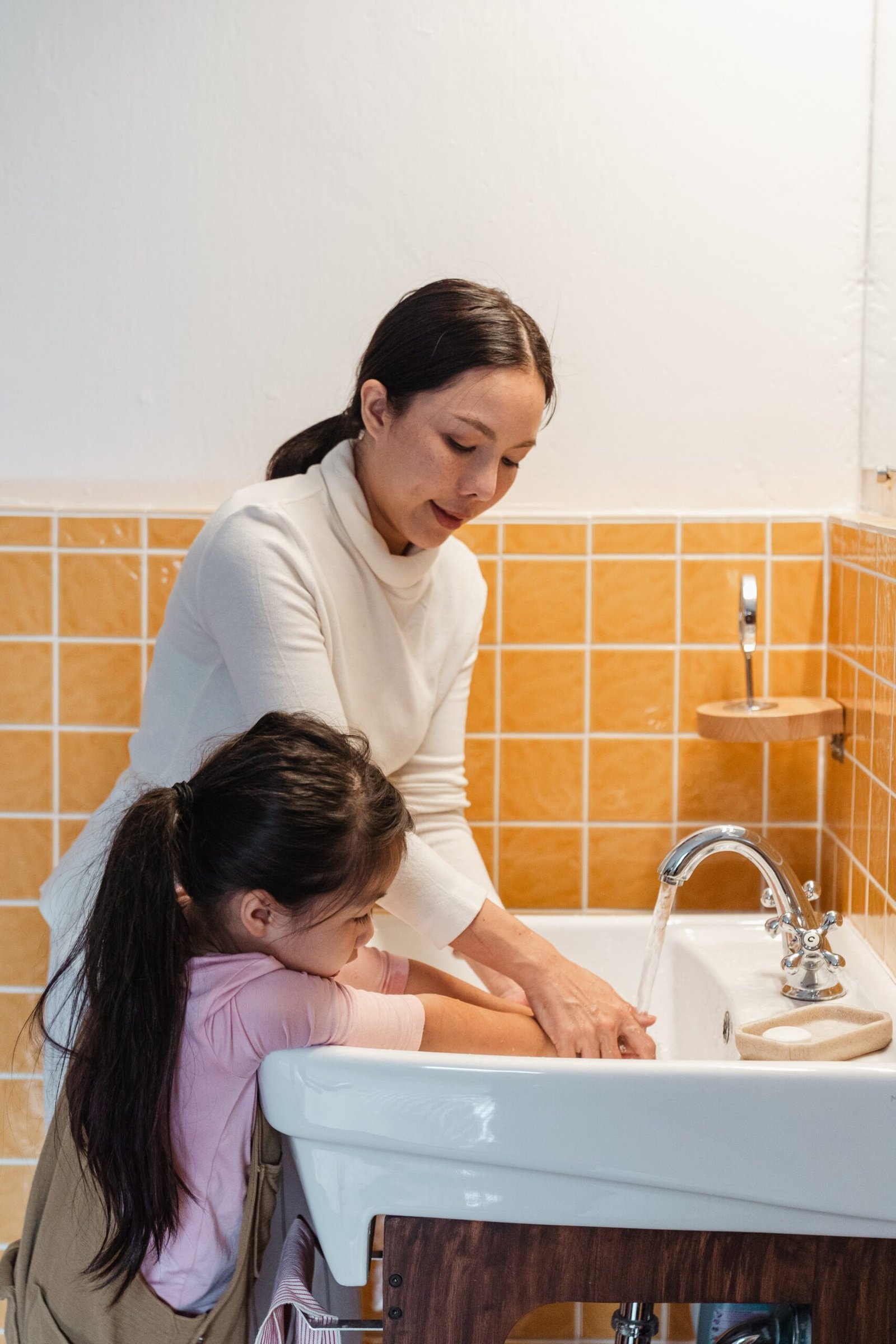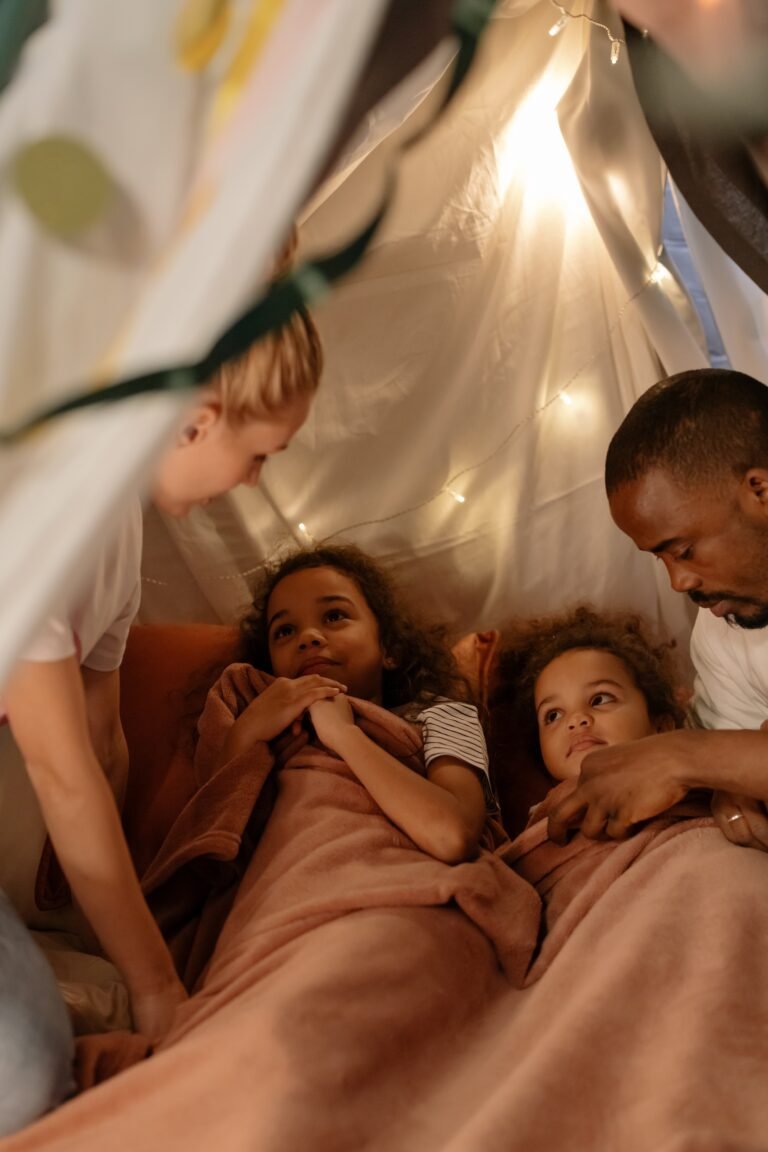What are some effective strategies for potty training?
Every child has to learn how to use the potty, as it is an important developmental milestone. For both parents and kids, the process can be difficult and stressful. In this post, we’ll go over various potty-training techniques that can be useful to parents of kindergarten and primary-aged kids.
Start at the Right Time
Starting potty training at the appropriate age is crucial. Between the ages of 18 and 24 months, kids are prepared to start using the potty. Some kids, meanwhile, might not be prepared until they’re three or four years old. Keep an eye out for indications that your kid is prepared to start using the toilet, such as remaining dry for longer stretches of time, expressing an interest in doing so, and being able to verbalize their need to use the toilet.
Create a Routine
Having a schedule helps kids know what to anticipate and when. Decide on regular restroom times, such as right after meals or before night, and follow them religiously. Even if they don’t feel like using the restroom, make it a habit to take your child there during these times. This habit will eventually become second nature to your youngster.
Use Positive Reinforcement
While the process of potty training might be challenging, it’s important to be optimistic and support your child. Employ positive reinforcement by rewarding your child after they use the restroom or by complimenting them. Avoid using punishment or other forms of criticism because they might increase tension and slow down the process.
Use the Right Equipment
The process of potty training can be significantly impacted by the choice of equipment. Invest in a child-sized toilet or a toilet seat that fits snugly. Allowing your child to select their seat or potty can help them be more likely to use it. To assist reduce accidents, think about wearing training pants or pants with a moisture barrier.
Demonstrate and Practice
Show your youngster how to use the potty and have them practice. Teach them how to use the toilet, wipe themselves, and sit down. Let them practice using the toilet while wearing their training pants or knickers. Encourage them to communicate when they need to go, and when necessary, offer direction.
Be patient
Potty training requires persistence and time. While some kids may pick things up fast, others can take their time. Even when mishaps occur, practice patience and have a good outlook. Always keep in mind that accidents are an inevitable part of the process.
In conclusion, potty training can be difficult, but with the appropriate methods, it can be an enjoyable and effective process for both parents and kids. Start at the appropriate time, establish a routine, employ positive reinforcement, make use of the proper tools, provide demonstration and practice, and exercise patience. With these tactics in place, you can assist your child in reaching this crucial developmental milestone.


